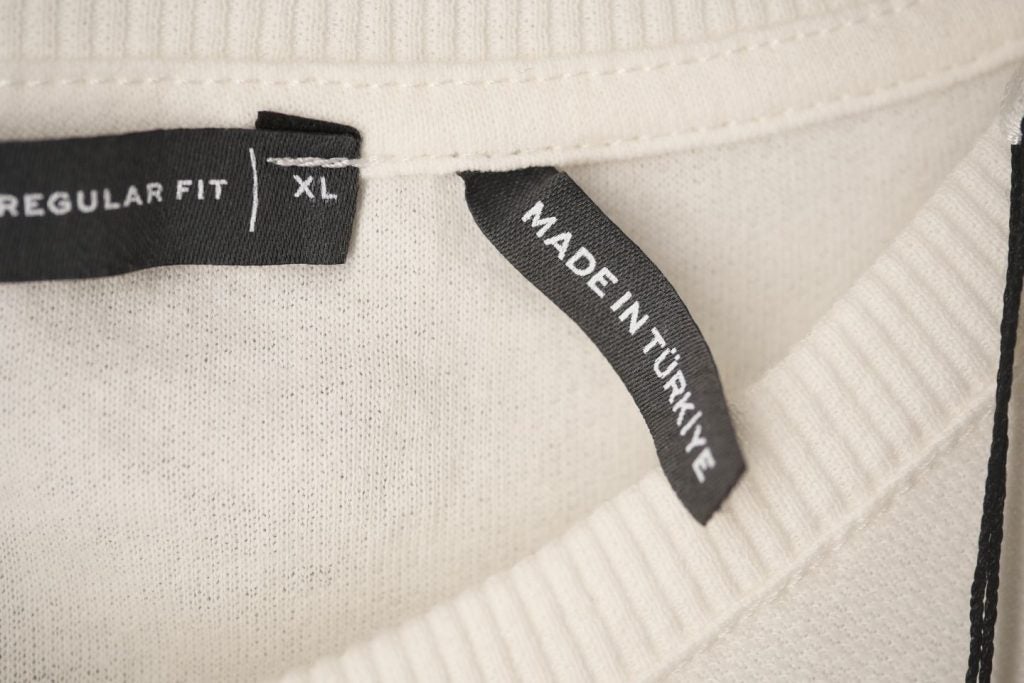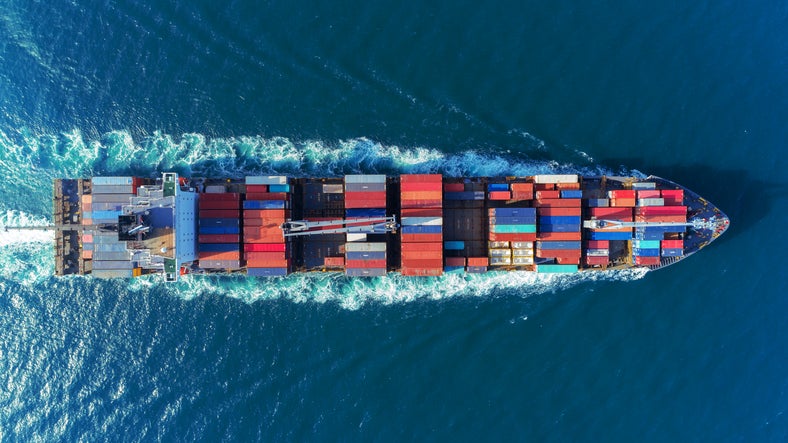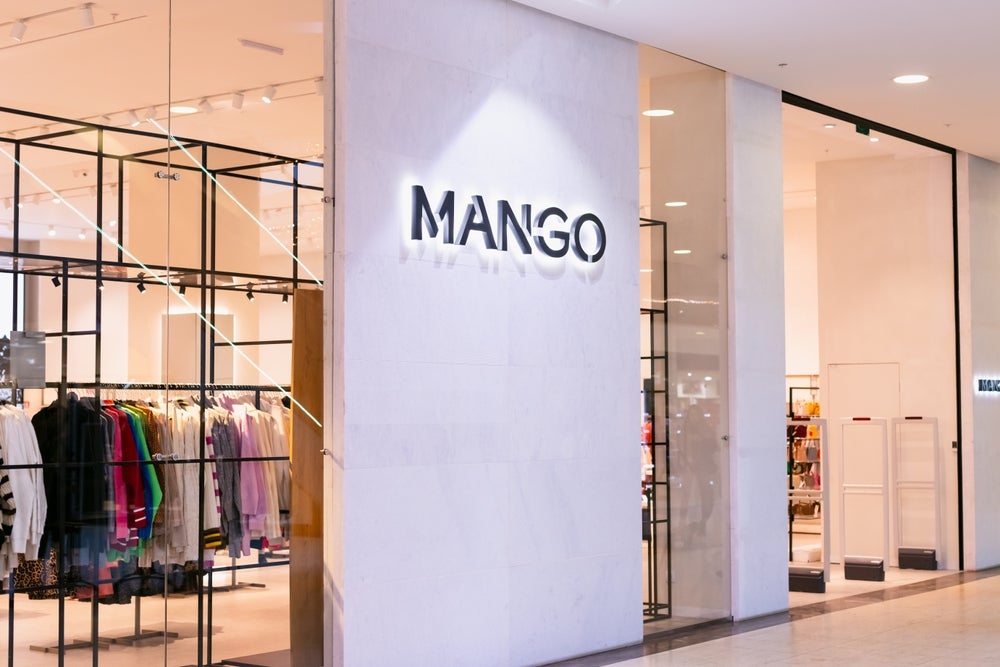The textiles industry is estimated to account for up to 10% of global emissions – more than international flights and shipping combined – yet you probably wouldn’t realise that from scanning the schedule of events at COP28, the annual UN climate conference held in Dubai earlier this month. Of the many hundreds of side events that took place during the conference, just a handful centred on sustainable fashion. During one of those events, a panel exploring strategies to decarbonise the sector hosted by the Alpine Group, the apparel maker that was COP27's official uniform sponsor, noted the industry's absence in Dubai.
“We believe that fashion as an industry is still under-represented [at COP28],” said Clare Woodford, Alpine Group’s global director of impact and engagement. She added that the industry's lack of representation is particularly "scary” in light of a new report, which finds that major fashion brands are off-track to meet 2030 decarbonisation targets.
There were, however, pockets of sustainable fashion activity throughout the conference. For example, brands Bestseller and H&M Group announced an investment of up to $100m in Bangladesh’s first utility-scale offshore wind farm, a 500MW nearshore scheme developed by Copenhagen Infrastructure Partners (CIP) and local power company Summit Power. British fashion designer Stella McCartney graced the conference with her presence to launch a sustainable innovation exhibition, Stella McCartney’s Sustainable Market: Innovating Tomorrow’s Solutions, which showcased material innovation. COP28 also hosted its very first "Sustainable Fashion Show".
Non-profit the Global Fashion Agenda was also present to announce a series of updates including the 2023 edition of the GFA Monitor – a report to guide fashion companies towards a net climate-positive industry.
“The fashion industry has been gradually amplifying its presence at COP events, [although] historically, it hasn't received the same level of attention as other sectors," GFA’s CEO Federica Marchionni said. "[It is] evident that the fashion sector must play a significant role in influencing climate change, [but] the programme is not necessarily indicative of this and there are still too few fashion-specific activations on the official agenda," she added.
Sustainable fashion's marketing problem
As to why fashion might not be as present as other sectors, such as food, which for the first time ever this year had a whole day dedicated to it at the COP, Woodford suggested during the panel that sustainable fashion has a marketing problem.
It is harder to “articulate the benefits of what you are putting on your body” than in your body, Woodford said, adding that consumers aren't always able to trust the sustainable claims of certain brands given the industry's persistent run-ins with greenwashing accusations.
A 2023 report from environmental charity Greenpeace finds that greenwashing – overstating one's sustainability credentials – is endemic among many major fashion brands. However, Woodford added, new regulation targeting the sector, which aims to ensure that information that comes to the consumer is "verified, transparent and traceable”, will provide the necessary “guard-rails” to help brands determine "what we can and can’t say from a marketing and communications lens”.
The EU is leading the charge when it comes to greenwashing regulation. Earlier this year, the European Parliament and Council published new rules about how brands can advertise products. This bans, for example, the use of general claims like “environmentally friendly” or “climate neutral” without proof of performance relevant to the claim.
Decarbonising the fashion supply chain
Beyond its outward messaging, the fashion industry suffers from a lack of transparency when it comes to the supply chain, according to the latest annual Fashion Transparency Index, which tracks 250 of the world's largest fashion brands and their retailers' impacts on the environment and human rights. The index was established in 2013 after the Rana Plaza disaster, where a garment factory in Bangladesh supplying major brands like Zara and Walmart collapsed, killing 1,134 people.
It has become “status quo” for fashion brands to ‘[offload] the direct responsibility for human rights and the environment onto their suppliers… distancing themselves from supply chain issues”, the report finds.
Although brands must “transition away from coal entirely to cleaner forms of energy” for fashion to become more sustainable, this year just 6% of brands disclosed the proportion of their supply chain powered by coal, and which geographic regions are still reliant on fossil fuels, the report adds. In addition, just 9% of major fashion brands disclosed their investment in decarbonisation, for example, by helping suppliers access finance to cover the costs of a green transition or issuing sustainability-linked loans.
Marchionni pointed out that decarbonising the fashion industry “is an intricate endeavour”, given that more than 70% of its greenhouse gas emissions come from upstream activities, with current operations predominantly reliant on non-renewable energy sources.
“Changing the industry power supply to 100% renewable energy across all processing stages would make the biggest single contribution to CO₂ reduction and requires infrastructure solutions at scale,” she said. Fully decarbonising the fashion value chain requires a "multitude of solutions" from energy efficiency and electrification to national grid improvements and a shift in power generation away from fossil fuels, she added.
Collaboration and transparency
At the Alpine Group's panel in Dubai, panellists discussed the lack of incentives for suppliers to transition away from fossil fuels and make fashion more sustainable. The “elephant in the room” is that there is currently “no loyalty or longevity to a lot of the relationships [between brands and] suppliers”, said Lewis Perkins, president of the Apparel Impact Institute (AII), which funds innovative programmes to help the apparel and footwear industry decarbonise.
In order for the textiles and apparel industry to meet its 2030 decarbonisation targets – the sector is over-represented among signatories to the Science-Based Targets initiative – suppliers and brands need to “build relationships…. not in a top down [way], but in a real… collaborative way”, Perkins said.
[Link src="https://www.energymonitor.ai/all-newsletters/" title="Keep up with Energy Monitor: Subscribe to our weekly newsletter" font-size="20px"]Saravanan Parisutham, COO of TrusTrace, a company that offers traceability and compliance data management for high-volume footwear and textile value chains, who also spoke on the panel, said “establishing a trusting relationship across the value chain enables all parties to collaborate to achieve positive impact faster”.
As an example of how collaboration between brands and suppliers can benefit both, Parisutham explained that if brands supported suppliers with the upfront capital to convert their facility to be solar-powered, for example, that would lead to lower operating costs for the supplier, meaning the brand could bring down its prices. If the supplier is expected to shoulder the burden of these upfront costs alone, motivation to make such investments remains low, he explained.
During the panel discussion, Parisutham emphasised the additional importance of brands collaborating with one another, given that the amount of supply chain data they are expected to collect is "almost unimaginable”. It is vital for “everybody in the ecosystem” to collaborate on data and information-sharing, he said, to drive a more sustainable fashion industry.
Perkins gave AII’s ‘carbon supplier toolkit’, developed as part of its Carbon Leadership Programme in partnership with Reset Carbon, a carbon management company, as an example of an innovative solution to providing brands with "the structure and resources" they need to "begin achieving supply chain carbon goals". The programme allows factories to share emission reduction action plans with brands, who can then track facilities’ progress in relation to supply chain goals.
The fashion industry has a long way to go towards reaching its 2030 decarbonisation targets, but there is evidence to suggest that a greater focus on supply chain transparency is having an impact.
In its annual transparency index, GFA notes that for the first time in 2023, more than half (52%) of major fashion brands now disclose their first-tier supplier lists. “This is a significant improvement, considering that in 2017 when we just started this work, 32 out of 100 brands (32%) disclosed a list of their first-tier factories... now 129 out of 250 brands (52%) do,” the report states.
However, GFA is also clear-eyed about how much there still is to do. Sustainable fashion is not yet the norm: "[A] continued lack of transparency by nearly half of major fashion brands reviewed, even in the face of a deepening climate crisis and wave of incoming legislation with transparency at the helm, feels like a deliberate tactic to retain the status quo, begging the question, yet again, what is being hidden?"
Don’t miss our coverage of COP28! Subscribe here for exclusive insights & analysis.















